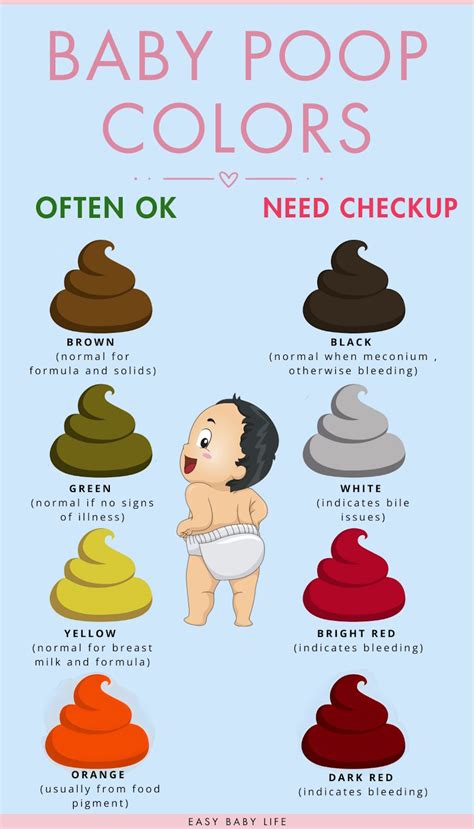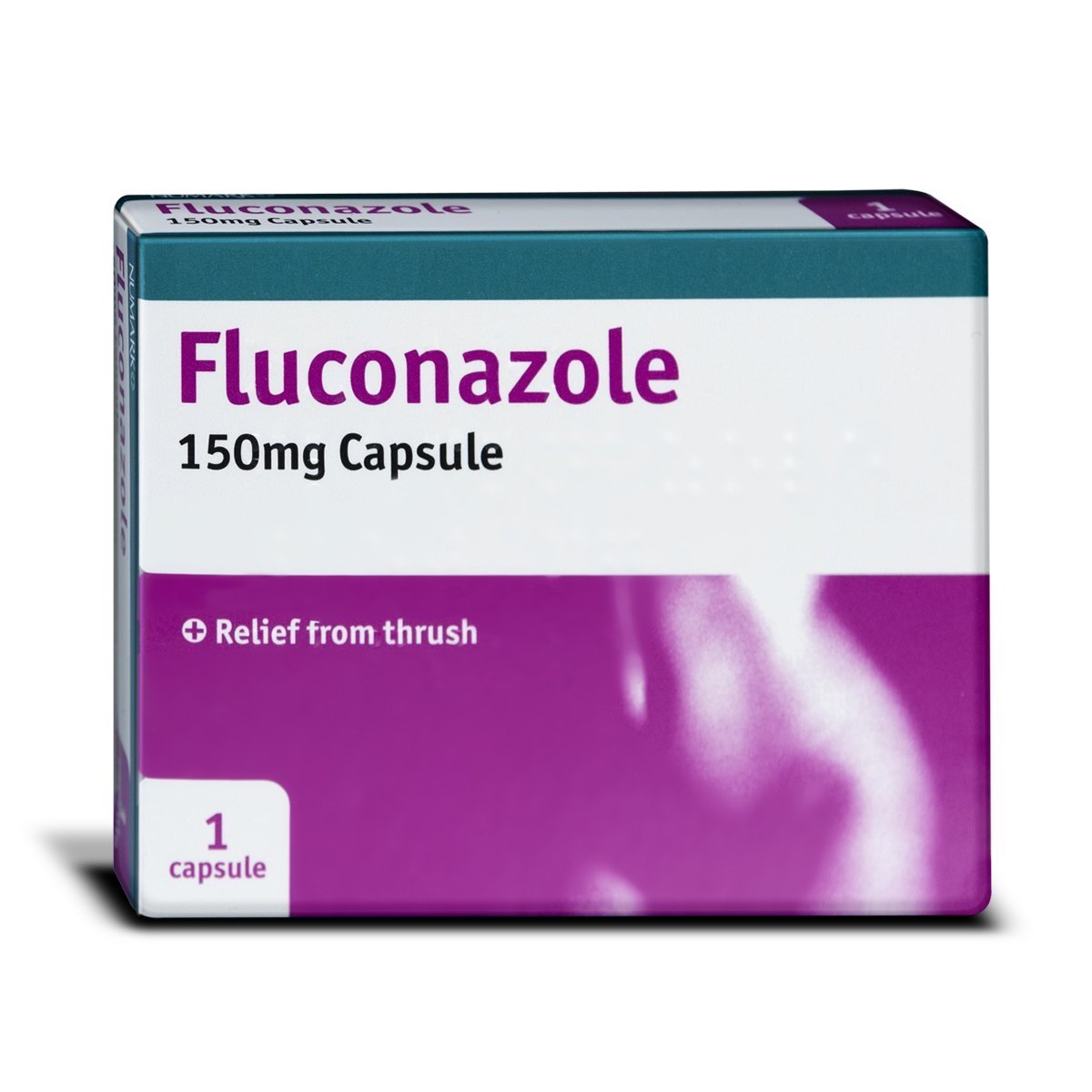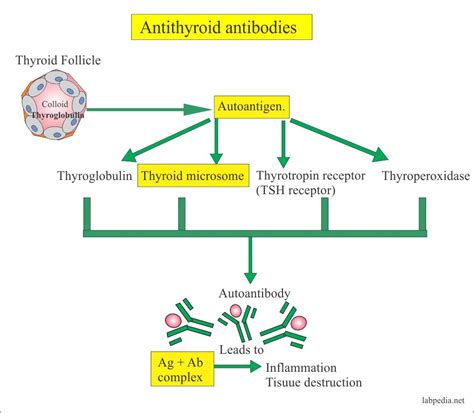The arrival of a newborn is a moment filled with joy, anxiety, and a plethora of questions. Among the many concerns new parents have, the color and consistency of their baby’s stool can be a significant source of worry. Green poop in newborns is not uncommon and can have various explanations, depending on several factors including the baby’s diet, health, and age.
Normal Variations in Newborn Stool
Newborns, especially in the first few days of life, pass a sticky, greenish-black substance called meconium. This is normal and composed of waste products the baby ingested while in the womb. As the baby begins to digest breast milk or formula, the stool gradually changes color and consistency, often transitioning through a range of colors including green, yellow, and brown.
Breastfed Babies
Breastfed babies often have stools that are yellow or slightly greenish in color, soft, and may resemble mustard. This is due to the rapid transit of milk through the intestines and is considered normal. Occasionally, breastfed babies may have green stools, which could be due to the foremilk/hindmilk imbalance or the baby not getting enough hindmilk, which is richer and contains more fat.
Formula-Fed Babies
Formula-fed babies tend to have stools that are more formed and may be green or brown in color. The stools might be firmer than those of breastfed babies but should still be relatively soft. Green poop in formula-fed babies could indicate an issue with the formula’s digestion or an infection, though this is less common.
When to Worry About Green Poop
While green poop can be a normal variation, there are instances where it might indicate an underlying issue that needs medical attention:
- Blood in Stool: If the green poop contains blood or mucus, it could be a sign of an infection or allergy.
- Consistent Green Color: If the baby’s poop remains consistently green over several days, especially if accompanied by other symptoms like vomiting, fever, or refusal to feed, it’s advisable to consult a pediatrician.
- Diarrhea or Constipation: Green poop that is either excessively watery (diarrhea) or hard and dry (constipation) could indicate digestive issues.
- Other Symptoms: If the green poop is accompanied by other worrying symptoms such as fever, lethargy, or poor feeding, parents should seek medical advice.
What to Do
For most newborns with green poop, no immediate action is required beyond monitoring the baby’s overall health and ensuring they remain hydrated and feed well. However, if parents are concerned or notice any of the warning signs mentioned, they should not hesitate to reach out to their healthcare provider.
Maintaining Hygiene
It’s crucial to maintain good hygiene when changing diapers to prevent the spread of infection. This includes washing hands thoroughly before and after changing the baby, ensuring the diaper area is clean, and properly disposing of soiled diapers.
Monitoring for Changes
Parents should keep an eye on the baby’s stool for any changes in color, consistency, or frequency, as these can be indicators of underlying health issues. Also, monitoring the baby’s overall demeanor, feeding patterns, and output (wet diapers) can provide valuable insights into their health.
Conclusion
Green poop in newborns can be a source of concern for new parents, but in many cases, it falls within the range of normal variations. Understanding the reasons behind the color and consistency of a baby’s stool can help alleviate anxiety. If in doubt, consulting with a healthcare professional can provide peace of mind and ensure the baby receives the best possible care.
Is green poop in newborns always a cause for concern?
+No, green poop in newborns is not always a cause for concern. It can be a normal variation, especially in breastfed babies. However, if it’s accompanied by other symptoms or persists, it’s best to consult a pediatrician.
How often should a newborn poop?
+Newborns can poop after every feeding, which can be several times a day. The frequency can decrease as the baby gets older, but it’s essential to monitor for any significant changes or signs of distress.
What are the signs of a healthy newborn stool?
+A healthy newborn stool can vary in color but is typically soft, not hard or watery. For breastfed babies, stools are often yellow or slightly green and seedy. For formula-fed babies, stools might be green or brown and more formed but still soft.


